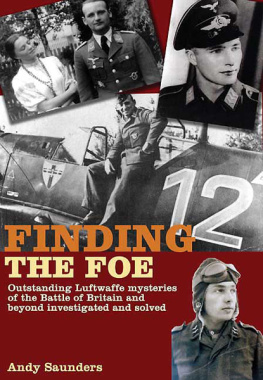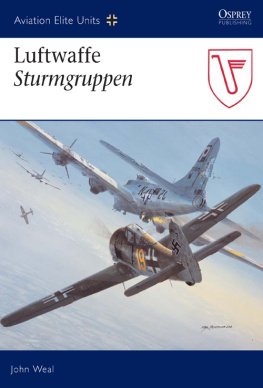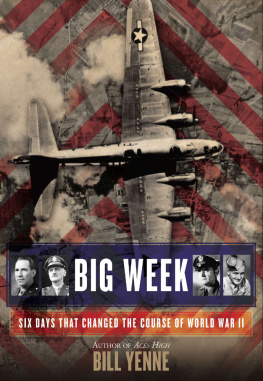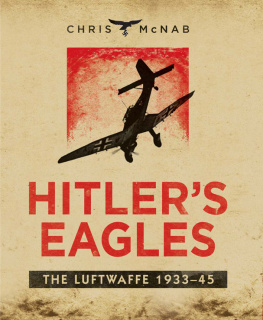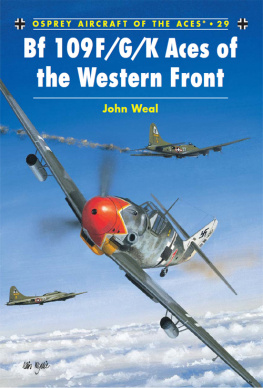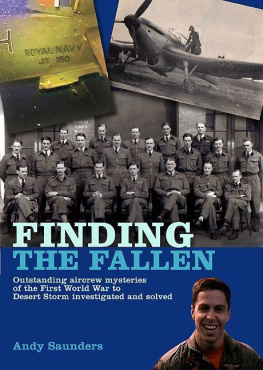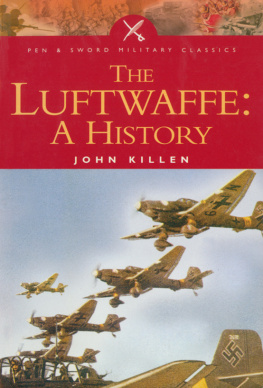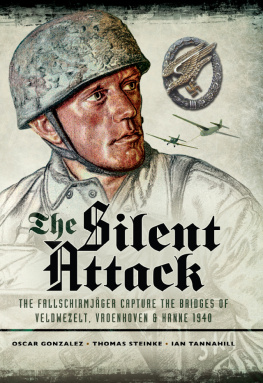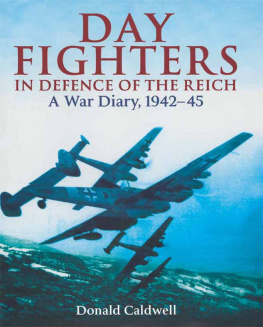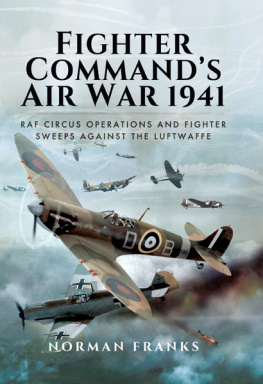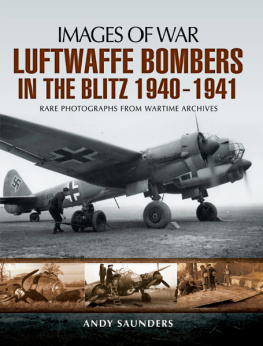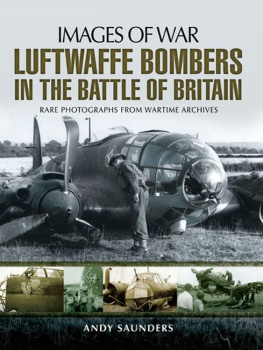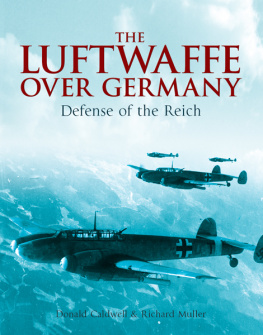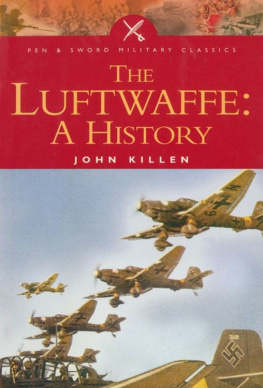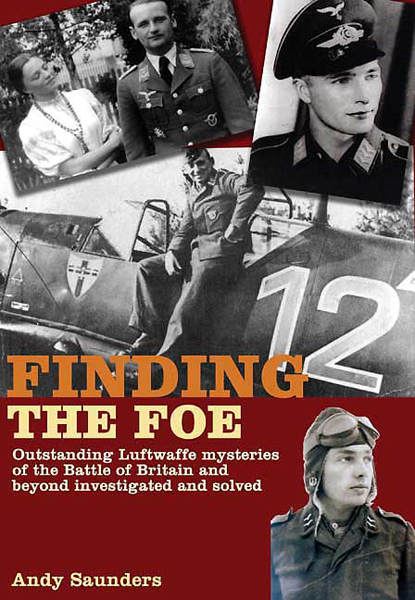
Dedication
To Gefr Franz Becker I./KG 54
Missing 21 August 1940
Denied a known grave by circumstances and events

Published by
Grub Street Publishing
4 Rainham Close
London
SW11 6SS
Copyright Grub Street 2010
Copyright text Andy Saunders 2010
British Library Cataloguing in Publication Data
Saunders, Andy.
Finding the foe : outstanding Luftwaffe mysteries of the
Battle of Britain and beyond investigated and solved.
1. Germany. Luftwaffe - History. 2. World War, 19391945
Aerial operations, German. 3. Britain, Battle of, Great
Britain, 1940. 4. World War, 19391945 Missing in
action Germany.
I. Title
940.5'44'943'0922-dc22
ISBN-13: 9781906502850
Digital Edition ISBN-13: 9781908117823
All rights reserved. No part of this publication may be reproduced,
stored in a retrieval system, or transmitted in any form or by any
means electronic, mechanical, photocopying, recording, or
otherwise, without the prior permission of the copyright owner.
Design by Roy Platten, Eclipse, Hemel Hempstead
roy.eclipse@btopenworld.com
Printed and bound by MPG Ltd, Bodmin, Cornwall
Grub Street Publishing uses only FSC
(Forest Stewardship Council) paper for its books
Foreword
A S A PILOT WHO flew with the 3rd Staffel of the German bomber group Kampfgeschwader 2 during 1940, I have special cause to take particular interest in the cases of my former comrades who flew operationally over Britain during the Second World War and who failed to return. Most particularly, I cannot help but be moved by the stories of those casualties who are still missing or who remain unidentified, some of which have touched me directly.
On 16 August 1940 I was shot down in my Dornier 17 over north Kent and taken prisoner of war, very badly wounded, near a place called Staple. Two of my crew were killed. Not far away from my incident some other men from my same unit had also been shot down and killed that same day and are still listed as missing. Again, a few days before others from the unit were downed in the area and are still regarded as missing in action. I know that great efforts have been ongoing to try to have these men identified and this is work that has a great personal importance to me. But for the grace of God I could easily have been one of those men and I know how important it would have been to my family to have known what happened to me under those circumstances if I had been shot down and lost over a foreign country. As it was, I survived but this only thanks to the great kindnesses shown to me by the British people, my enemies, during my captivity. From the very outset I was treated with humanity, dignity and compassion and I was given the very best medical treatment that saved both my life and my shattered arm. I was shown thoughtfulness and human kindness right up until the point that I was repatriated to Germany in 1943 due to my severe wounds. I have never forgotten this treatment, and I remain ever thankful for it. I came to attack these people and yet was shown compassion by those I had been sent to kill.
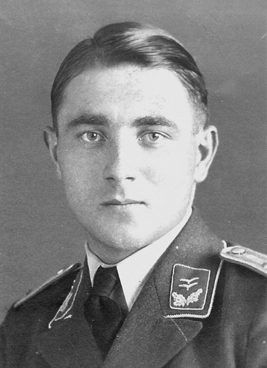
Heinz Mllenbrok.
Whilst I knew none of the men personally who are detailed in this book, I am ever mindful of the fact that any one of them could so easily have been me. In fact, and by coincidence, the crew of a Messerschmitt 410 shot down near Eastbourne in 1943 and the crew of a Dornier 217 downed near Middlesbrough in the same year were both serving with my old unit, KG 2, when they died in action. Both crews are covered by my friend Andy Saunders in his fascinating book, and I was privileged to attend the burial of one of my KG 2 comrades from that Dornier 217 at a ceremony in England in 1998. During that visit I also met up with the English nurse who had looked after me with such dedicated care in 1940, a Mrs Sheila Bambridge. Andy had found her for me after so much patient research incredibly living just a mile or so from his home in Sussex! It was a meeting that meant so much to me and I was able to reflect on my survival and what fate had decreed otherwise for my crew members and others like those of whom Andy Saunders writes here.
It has struck me that the kindness and humanity shown to me by the British in 1940 has continued to the present day through the impartial research work done by the people mentioned in this book many decades later in finding and identifying those who were lost. It was for that reason that I wrote a full report of Andys good works to the German Embassy in London during 1996 and I was delighted that, as a result, Colonel Victor Zimmer was able to make a special award and commendation to the author of this book. Colonel Zimmer stated:
Thanks to your endeavours it has been possible to establish the names and fates of German aircrews and also to identify graves here in England. Through your books with their objective accounts you have also made a valuable contribution to German history and I take this opportunity to thank you for your valuable work and your contribution to Anglo-German reconciliation and friendship.
They are sentiments that I am delighted to echo in commending to you, the reader, this compelling and unique account that details missing German aircrews lost over Britain.

Heinz Mllenbrok
Former Leutnant of the German air force
Dornier 17 pilot, 3/KG 2
Prisoner of war 16 August 1940
(Sadly, Heinz Mllenbrok died when this book was in preparation)
Introduction
I N FINDING THE FEW (Grub Street 2009), which is my companion volume to this book, an account is given relating to the discovery of an RAF fighter pilot, Plt Officer George James Drake, who was found buried in the wreckage of his Hurricane at Goudhurst, Kent. Shot down during September 1940 he lay undiscovered until 1972 when he was found and identified by a private aircraft recovery group. Given the level of aerial activity in the wartime skies over southern England, especially during the Battle of Britain, and then the great flurry of aviation archaeology during the early 1970s it was inevitable that sooner or later the remains of hitherto missing fliers of the Luftwaffe would also be found in the wreckage of their aircraft. Indeed, within a year of the discovery of George Drake the same team had found and recovered the wreck of a Messerschmitt 109 E-4 from deep beneath Kents Romney Marsh. Entombed in the cockpit was its unfortunate pilot, Lt Werner Knittel.
Werner Knittel was not unique in being the only member of the Luftwaffe who remained unaccounted for after war flights over the British Isles and whilst it is just about impossible to put forward a total number of those aircrew from the Luftwaffe still missing from operations over British soil, it is certainly the case that such casualties who fall into this category must number into the many hundreds. Of these, some fell into coastal waters around Britain while many were buried in the UK as unidentified airmen. The disappearance of others might sometimes be explained by the catastrophic and total destruction of the aeroplane and its crew due to the explosion of bomb loads and fuel, and through the sheer force of impact into the ground. Sometimes, the ground happened to be so soft that it swallowed both plane and occupant whole. On other occasions it was ground so hard that almost total annihilation of the machine and any unfortunate occupant resulted.

